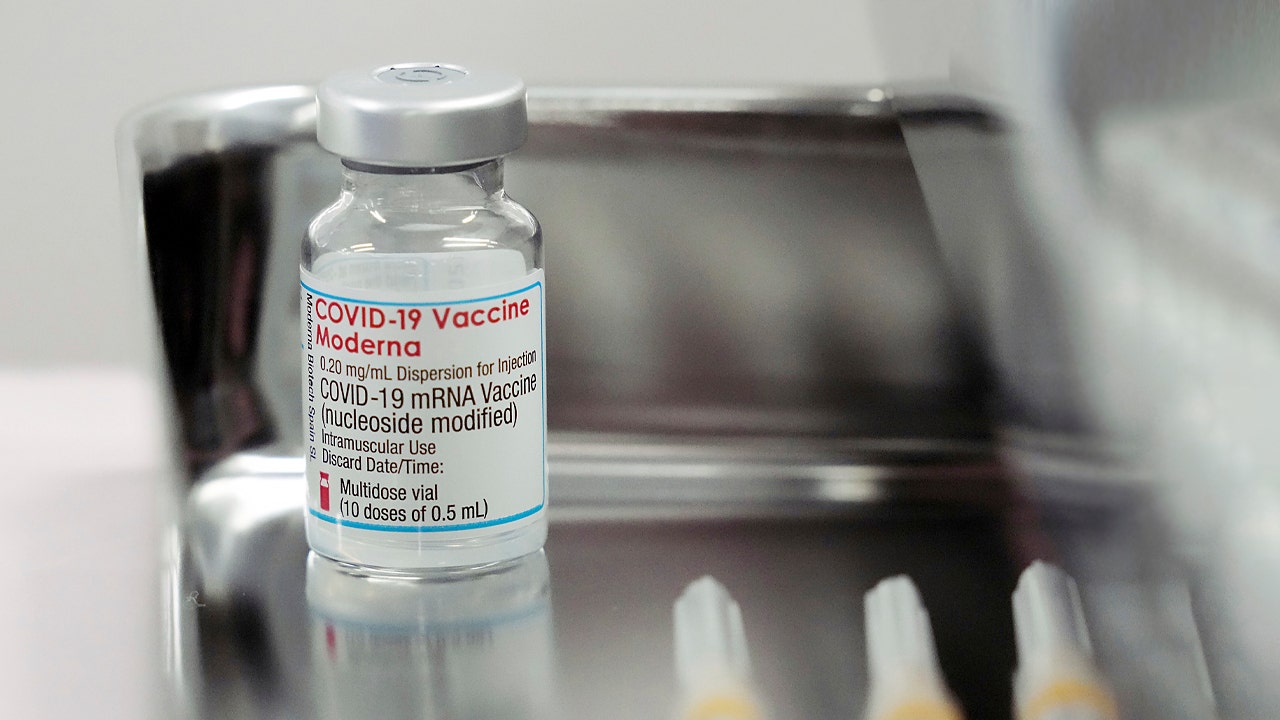
Check out what’s clicking on FoxBusiness.com.
The U.S. Food and Drug Administration on Friday shortened the interval between the primary series of Moderna Inc’s (MRNA.O) COVID-19 vaccine and a booster dose to five months, as it looks to bolster protection against the fast-spreading Omicron variant. The agency expects the shorter interval, reduced by a month for people aged 18 and above, will provide better protection sooner against the variant, which is driving up infections and overwhelming hospitals.
MODERNA CEO SAYS FOURTH COVID019 SHOT COULD BE NECESSARY
The United States reported 662,000 new COVID-19 cases on Thursday, the fourth highest daily U.S. total ever recorded. The Omicron-driven surge in U.S. COVID-19 cases has likely not topped out yet, the Centers for Disease Control and Prevention said on Friday
| Ticker | Security | Last | Change | Change % |
|---|---|---|---|---|
| MRNA | MODERNA INC. | 215.06 | -1.00 | -0.46% |
The FDA earlier this week cut the interval to get a booster dose of Pfizer (PFE.N) and BioNTech COVID-19 vaccine, based on mRNA technology like Moderna’s, to five months from six.
CLICK HERE TO READ MORE ON FOX BUSINESS
The FDA earlier this week cut the interval to get a booster dose of Pfizer (PFE.N) and BioNTech COVID-19 vaccine, based on mRNA technology like Moderna’s, to five months from six.
“Vaccination is our best defense against COVID-19, including the circulating variants, and shortening the length of time between completion of primary series and a booster dose may help reduce waning immunity,” Peter Marks, director of the FDA’s Center for Biologics Evaluation and Research, said.
People who received Johnson & Johnson’s (JNJ.N) single-dose COVID-19 vaccine can get a booster dose two months later.


